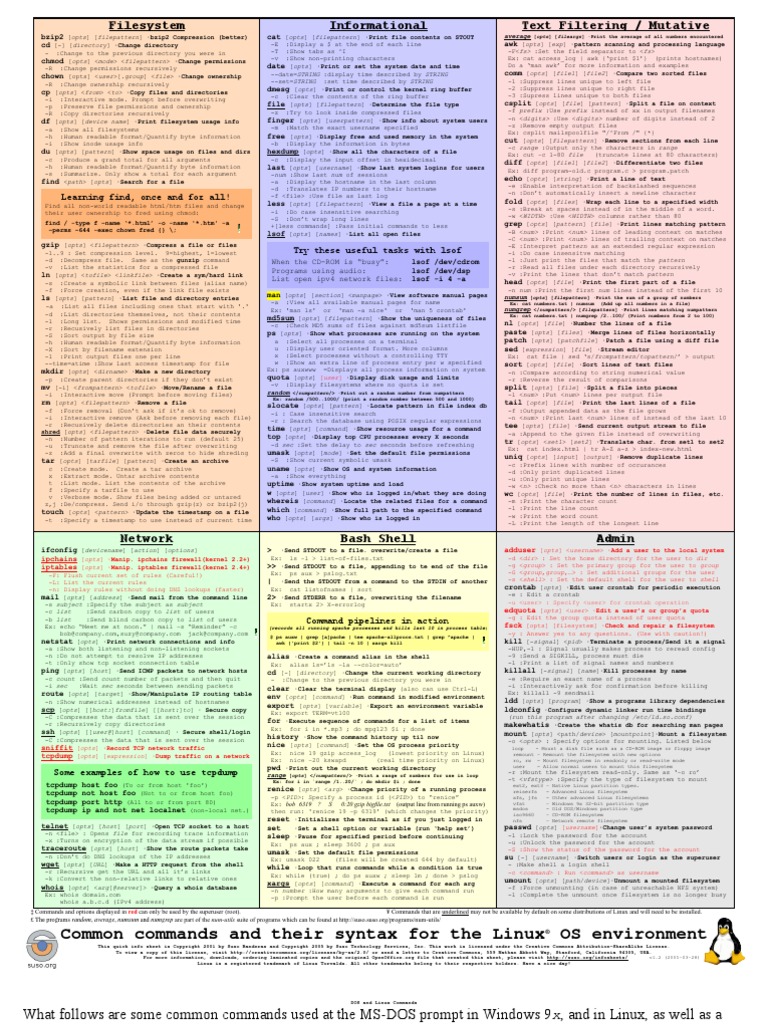Creates a function that invokes func with the arguments of the created function. If func is a property name, the created function returns the property value for a given element. If func is an array or object, the created function returns true for elements that contain the equivalent source properties, otherwise it returns false.
This code accepts an array and a callback function as arguments. It then creates a new array, executes the callback on each element on the array we passed in, pushes the results into the new array, and returns the new array. If you run this in your console, you'll get the same result as before. I use the map function all the time, here's a great example of what it can do in just a couple lines of code. The mapis basically a collection of elements where each element is stored as a Key, value pair. It can hold both objectsand primitivevalues as either a key or a value.
When we iterate over the map object it returns the key,value pair in the same order as inserted. The map has provided a method called map.clear()to remove the values inside a map. This method will remove every key/value pair and make the map totally empty. The Array object's built-in map method takes a function definition as its first parameter.
The function we pass in will have 3 arguments made available to it and will be called for with element in the original array as a separate. Each return value that the function creates will be the elements for the new array. Sometimes you want to iterate through all of the items in an object itself as opposed to an array of objects.
A common example might be if you have an object where each key represents a unique id, but all of the values might be a similar type . While map won't work directly on objects, we can use map to transform all of the values of an object through combining map with Object.entries. In this case, our callback function isn't doing much—it just takes each object and returns the value at the b key.
As a result we end up transforming our array of objects into an array of strings. To access the index of the array map() method, use the second argument of the callback function. The array map() method creates the new array populated with the results of calling the provided function on every item in the calling array. Pick a target type, i.e., either string or number, and pass an iteratee to your Underscore function that will convert its argument to a sensible instance of the target type. Or maybe you want to treat them as zeros; it is up to you. The same iterateecan also be passed to other Underscore functions to ensure that the behavior is consistent.
Added _.iteratee to customize the iterators used by collection functions. Many Underscore methods will take a string argument for easier _.property-style lookups, an object for _.where-style filtering, or a function as a custom callback. Added an _.defaults function, for use merging together JS objects representing default options. Added an _.once function, for manufacturing functions that should only ever execute a single time. _.bind now delegates to the native ES5 version, where available. _.keys now throws an error when used on non-Object values, as in ES5.
Fixed a bug with _.keys when used over sparse arrays. Added _.groupBy, which aggregates a collection into groups of like items. Added _.union and _.difference, to complement the (re-named) _.intersection. _.toArray now returns a clone, if directly passed an array. _.functions now also returns the names of functions that are present in the prototype chain. In this article, you learned that a Map is a collection of ordered key/value pairs, and that a Set is a collection of unique values.
Maps and Sets are primarily useful as supporting data structures for Objects and Arrays. Just as with Map objects, the only way to create a Set object is by invoking the global Set constructor function. The constructor function must be invoked with the new keyword — otherwise, a TypeError will be thrown. When the Set constructor function is invoked without arguments, an empty Set object of 0 size is returned. We pass it a callback, which accepts the previous value and current value as arguments, and returns the result of adding them together.
Since we passed0 as a second argument toreduce, it'll use that as the value ofprevious on the first iteration. From the classic for loop to the forEach() method, various techniques and methods are used to iterate through datasets in JavaScript. One of the most popular methods is the .map() method.
In the following example, a mapis created and 4 elements were passed to it. Before applying map.clear() method the size of the map object was four but after applying the size was zero. In the following example, a mapis created and 2 elements were passed to it. Before applying map.clear() method the size of the map object was two but after applying the size was zero. Adds all own enumerable string keyed function properties of a source object to the destination object. If object is a function, then methods are added to its prototype as well.
Assigns own and inherited enumerable string keyed properties of source objects to the destination object for all destination properties that resolve to undefined. Once a property is set, additional values of the same property are ignored. Array-like values such as arguments objects, arrays, buffers, strings, or jQuery-like collections are considered empty if they have a length of 0. Similarly, maps and sets are considered empty if they have a size of 0. Invokes the method at path of each element in collection, returning an array of the results of each invoked method.
Any additional arguments are provided to each invoked method. If path is a function, it's invoked for, and this bound to, each element in collection. Returns a Set view of the mappings contained in this map. The set is backed by the map, so changes to the map are reflected in the set, and vice-versa.
The set supports element removal, which removes the corresponding mapping from the map, via the Iterator.remove, Set.remove, removeAll, retainAll and clear operations. _.bindAll now takes the context object as its first parameter. If no method names are passed, all of the context object's methods are bound to it, enabling chaining and easier binding.
_.functions now takes a single argument and returns the names of its Function properties. Calling _.functions will get you the previous behavior. Added _.isRegExp so that isEqual can now test for RegExp equality. All of the "is" functions have been shrunk down into a single definition. For strings and array-like objects _.isEmpty checks if the length property is 0. For other objects, it returns true if the object has no enumerable own-properties.
Note that primitive numbers, booleans and symbols are always empty by this definition. Memoizes a given function by caching the computed result. If passed an optional hashFunction, it will be used to compute the hash key for storing the result, based on the arguments to the original function. The default hashFunction just uses the first argument to the memoized function as the key.
The cache of memoized values is available as the cacheproperty on the returned function. This modification is done based on what is returned in the callback function. With this parameter, you can modify each item in an array and return it as a modified member of your new array. The iteration of elements in a map object is done in the insertion order and a "for…" loop returns an array of all pairs for each iteration.
To convert an object to a map, you must use the Object.entries() function to convert the object to an array of key/value pairs. The opposite of _.method; this method creates a function that invokes the method at a given path of object. Any additional arguments are provided to the invoked method.
This method is like _.assign except that it recursively merges own and inherited enumerable string keyed properties of source objects into the destination object. Source properties that resolve to undefined are skipped if a destination value exists. Array and plain object properties are merged recursively. Other objects and value types are overridden by assignment. Subsequent sources overwrite property assignments of previous sources.
This method is like _.clone except that it accepts customizer which is invoked to produce the cloned value. If customizer returns undefined, cloning is handled by the method instead. The customizer is invoked with up to four arguments; (value [, index|key, object, stack]). Creates a function that invokes func, with the this binding and arguments of the created function, while it's called less than n times.
Subsequent calls to the created function return the result of the last func invocation. Gets the size of collection by returning its length for array-like values or the number of own enumerable string keyed properties for objects. JavaScript map() function returns a new array, with each item being the result of the callback function. You can check whether an element exists in a Map object using the has() method. This method accepts the key of the element as a parameter to test for presence in the Map object.
You can remove a specific element from a Map object using the delete() method. This method accepts the key of the element to delete from the Map. Added _.after, which will return a function that only runs after first being called a specified number of times.
_.every now requires an iterator function to be passed, which mirrors the ES5 API. _.extend no longer copies keys when the value is undefined. _.bind now errors when trying to bind an undefined value.
Given a list, and an iteratee function that returns a key for each element in the list , returns an object with an index of each item. Just like groupBy, but for when you know your keys are unique. Looks through each value in the list, returning the first one that passes a truth test , or undefined if no value passes the test.
The function returns as soon as it finds an acceptable element, and doesn't traverse the entire list. Predicate is transformed through iterateeto facilitate shorthand syntaxes. When the Set constructor function is called without any argument, you already know that it creates an empty Set object.
The same, however, does not hold true for the add() method. Just as with arrays, the forEach() method of a Map object accepts a callback function as its first argument, which is triggered for each entry of the Map object. The forEach() method also accepts an optional second argument, which represents the this value that will be used when executing the callback function. Both Map and Set objects inherit an entries() method from their corresponding constructors' prototype objects. This entries() method returns an iterator for all of the entries contained in the collection with respect to their insertion order.
However, like most programming languages, JavaScript ships with some very basic data types — such as arrays, strings, objects, sets, maps, etc. The first argument to the function is the value; the second argument is the key of the object property. The function can return any value to add to the array. A returned array will be flattened into the resulting array. Within the function, this refers to the global object. We've created a variable mostValueCustomer and to it, we're setting the result of calling the .sort() method and passing it a function.
That function takes the current item and the next item in the array and compares them to find which should come first. Here, we sort by the total spend to say "start with the least spend on top and finish with the most spend on the bottom." Here, the accumulator starts as the 0 passed as the second argument to user? This type of function that only returns true or false is sometimes called a predicate. We use the predicate to decide whether or not to keep each item in heroes. Now, if you're paying close attention, you may have noticed that this code is not much shorter.
Using the built-in array methods, we only save about one line. If we use our hand-written reduce function, then the code is longer. But, our aim is to reduce complexity, not write shorter code. We have separated the code for looping from the code that processes individual items. Array.map in Node.js is a powerful feature to iterate through a list of values and manipulate each item. The downside of map is that you can need additional steps to run asynchronous tasks within the synchronous map function.
Creates a function that iterates over pairs and invokes the corresponding function of the first predicate to return truthy. The predicate-function pairs are invoked with the this binding and arguments of the created function. Creates an array of own and inherited enumerable string keyed-value pairs for object which can be consumed by _.fromPairs. Creates an array of own enumerable string keyed-value pairs for object which can be consumed by _.fromPairs. By adding (originalArray || []) before our map function, we guarantee that by the time we use map we're dealing with an array instead of null. This protects our program from raising an exception when the list is null.



























No comments:
Post a Comment
Note: Only a member of this blog may post a comment.